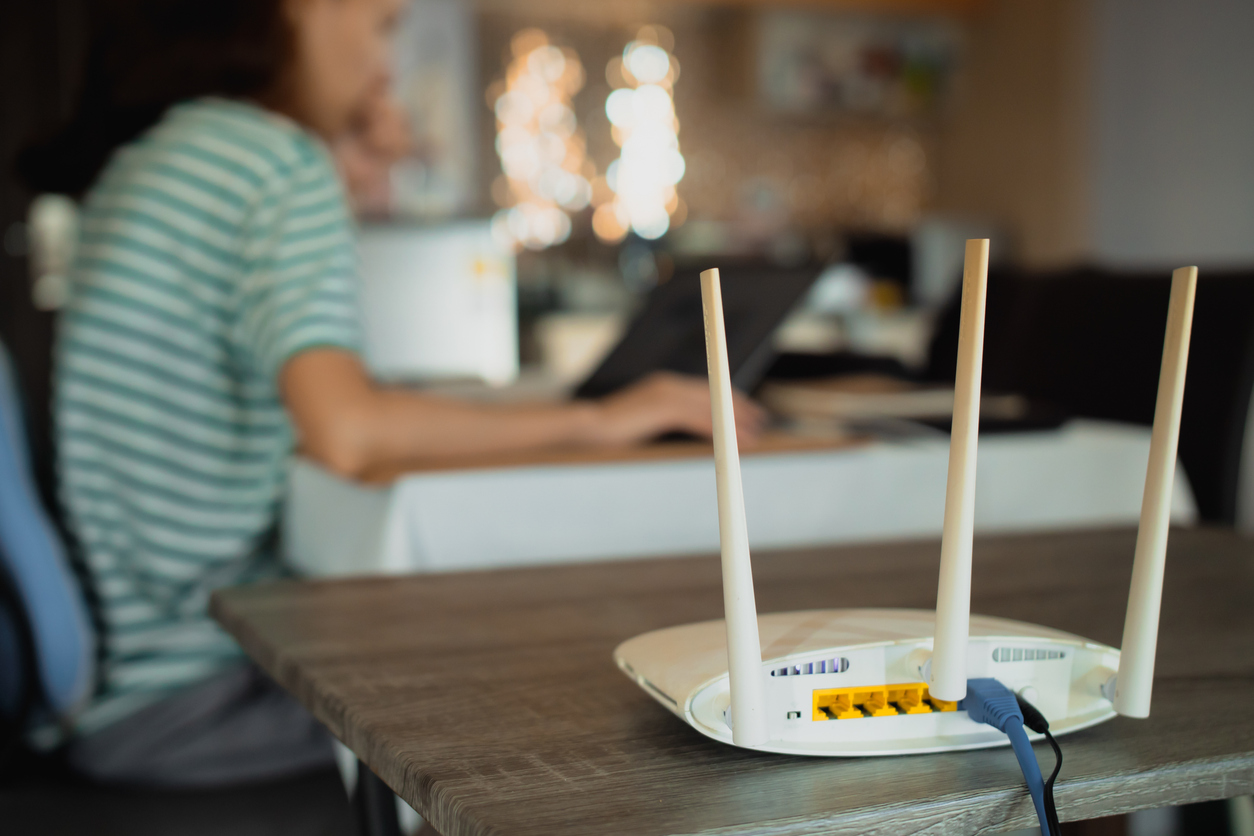
Having fast and reliable Wi-Fi at home has become essential, especially with the growing number of devices we connect daily—smartphones, laptops, smart TVs, gaming consoles, and even smart home devices. But even with a high-speed plan, such as a 200 Mbps internet speedyou might still experience dead zones, slow connections, or buffering. Fortunately, there are several ways to optimize your home Wi-Fi for better speeds and broader coverage.
In this article, we’ll explore actionable tips to improve your home Wi-Fi so you can enjoy faster speeds and uninterrupted coverage in every corner of your home.
1. Choose the Right Router
The first step to improving your home Wi-Fi is ensuring you have the right router. Not all routers are created equal, and if yours is outdated or lacks modern features, it might not support the speeds you’re paying for. For instance, if you’re subscribed to a 200 Mbps internet speed plan, your router should be capable of handling that bandwidth across multiple devices.
When selecting a router, here are a few key factors to consider:
- Wi-Fi standards: Ensure your router supports at least Wi-Fi 5 (802.11ac) or the latest Wi-Fi 6 (802.11ax). These standards offer better speeds, lower latency, and improved handling of multiple devices compared to older Wi-Fi 4 (802.11n) models.
- Dual band or Tri band: A dual-band router can broadcast on both 2.4 GHz and 5 GHz frequencies, while a tri-band router adds an extra 5 GHz channel. This helps reduce congestion and improves speed, especially in households with many connected devices.
- range: Look for routers with a strong range and signal strength if you live in a large home.
2. Optimize router placement
Where you can place your router significantly impact your Wi-Fi’s performance. Wi-Fi signals weaken as they pass through walls and objects, leading to slower speeds in rooms farther from the router. Many people make the mistake of hiding their routers in corners, basements, or behind furniture, which limits coverage.
Here’s how to optimize your router placement:
- Central location: Place your router in a central, elevated position in your home to ensure better signal distribution across all rooms.
- Avoid obstructions: Keep the router away from thick walls, metal objects, or electronic devices like microwaves that can interfere with the signal.
- Elevate the router: Place the router on a shelf or table rather than on the floor for a stronger signal.
3. Use a Wired Connection When Possible
Wi-Fi is convenient, but it’s not always the fastest or most reliable option. For stationary devices like gaming consoles, desktop computers, and smart TVs, consider using a wired Ethernet connection instead of relying on Wi-Fi. A wired connection provides consistent speed and reduces the load on your wireless network, freeing up bandwidth for other devices.
If running Ethernet cables throughout your home isn’t practical, you can also consider using powerline adapters. These devices use your home’s electrical wiring to transmit internet signals, providing a stable connection without the need for additional wiring.
4. Update your router’s firmware
Just like any piece of technology, routers need software updates to fix bugs, improve security, and enhance performance. Manufacturers frequently release firmware updates that can boost your router’s speed and stability. However, many users forget to check for updates or assume their router will update automatically.
To update your router’s firmware:
- Access your router’s settings through its web interface (this is usually done by typing the router’s IP address into a web browser).
- Look for the firmware update section and follow the instructions to check for and install updates.
Updating your router can also improve its compatibility with newer devices, ensuring a smoother, faster Wi-Fi experience.
5. Reduce Wi-Fi Interference
Wi-Fi signals can be easily disrupted by interference from other electronics, especially if your router is operating on a crowded channel. Common household devices like microwaves, cordless phones, baby monitors, and Bluetooth devices can all interfere with your Wi-Fi signal, causing slower speeds or dropped connections.
Here are some steps to reduce interference:
- Switch to a Less Crowded Channel: Routers typically broadcast on one of several channels within the 2.4 GHz and 5 GHz bands. You can manually change the channel in your router’s settings to one with less traffic. Use a Wi-Fi analyzer tool to determine which channels are the least crowded.
- Use the 5GHz band: If your router supports dual-band, consider switching your high-demand devices (like streaming or gaming devices) to the 5 GHz band, which is less prone to interference than the 2.4 GHz band.
6. Add Wi-Fi Extenders or a Mesh Network
If you have a large home or areas with weak Wi-Fi coverage (like the basement or attic), adding Wi-Fi extenders or upgrading to a mesh Wi-Fi system can help. A Wi-Fi extender repeats the signal from your router, expanding coverage to areas that are typically out of reach.
A mesh Wi-Fi system is another option. Mesh systems consist of multiple nodes that work together to blanket your entire home in a strong, consistent Wi-Fi signal. Unlike traditional extenders, mesh networks provide seamless coverage without the need for switching between different networks as you move around the house.
7. Limit Bandwidth Hogging Activities
If you’re streaming 4K videos, downloading large files, or playing online games on multiple devices simultaneously, your internet connection can become congested. This can slow down your entire network, especially if your plan has limited bandwidth.
To improve overall speed:
- Schedule heavy downloads or updates during off-peak hours when fewer devices are online.
- Prioritize important activities using your router’s Quality of Service (QoS) settings. This allows you to allocate more bandwidth to specific devices or applications, such as video streaming or gaming, and less to background tasks like file syncing.
8. Upgrade Your Internet Plan
If you’ve tried optimizing your Wi-Fi but still experience slow speeds, it may be time to upgrade your internet plan. A faster plan, such as one offering 200 Mbps internet speed or higher, can better support multiple devices streaming, gaming, and downloading simultaneously.
Before upgrading, compare different providers and plans to ensure you’re getting the best deal for your needs. Faster speeds can provide a noticeable improvement, especially in busy households with high internet demands.
A Faster, Stronger Wi-Fi Network
By implementing these tips, you can significantly improve your home Wi-Fi speeds and coverage. From upgrading your router and optimizing placement to reducing interference and using wired connections when possible, these steps can make a noticeable difference in your internet experience. Whether you’re streaming in 4K, working from home, or gaming online, a faster and more reliable Wi-Fi network ensures you stay connected without frustration.





